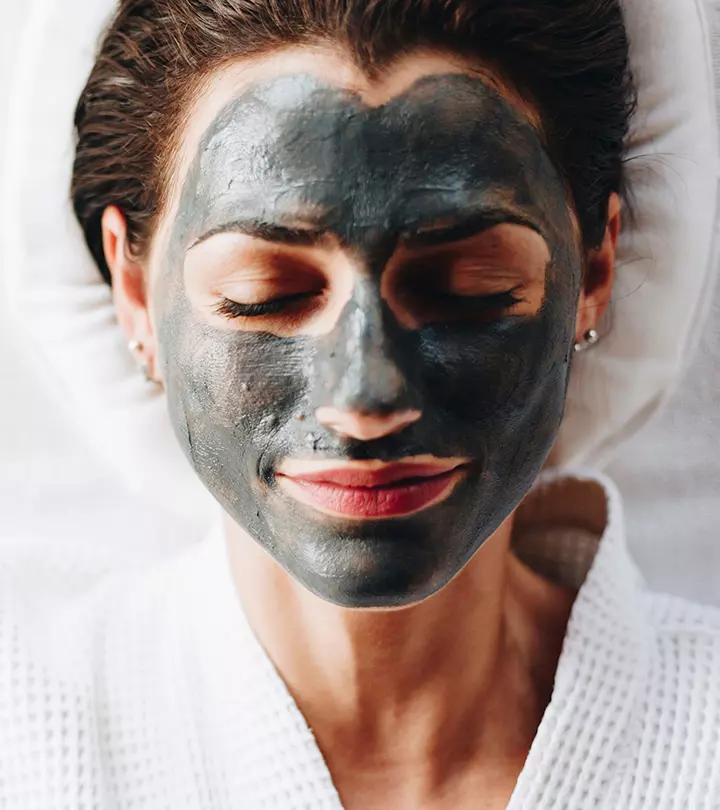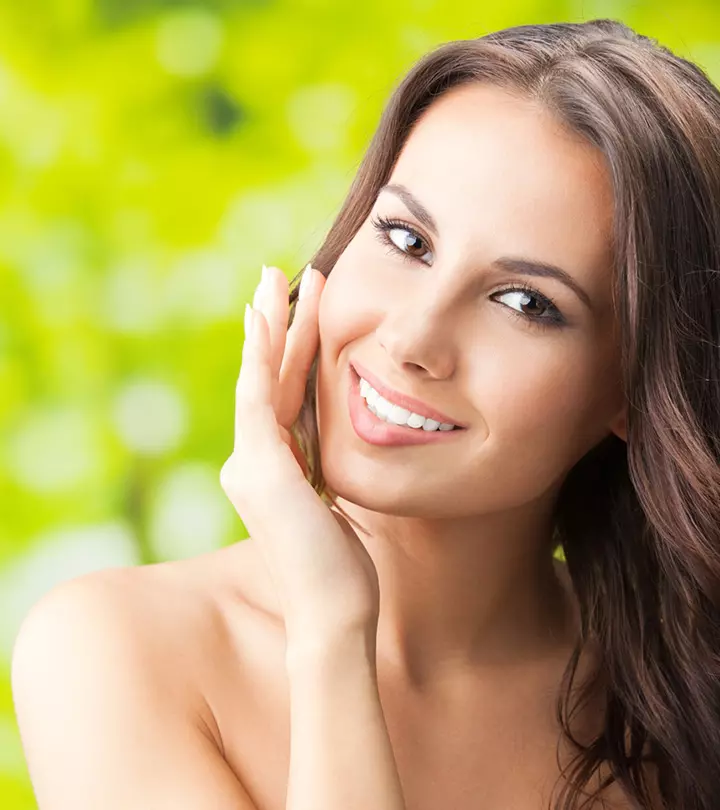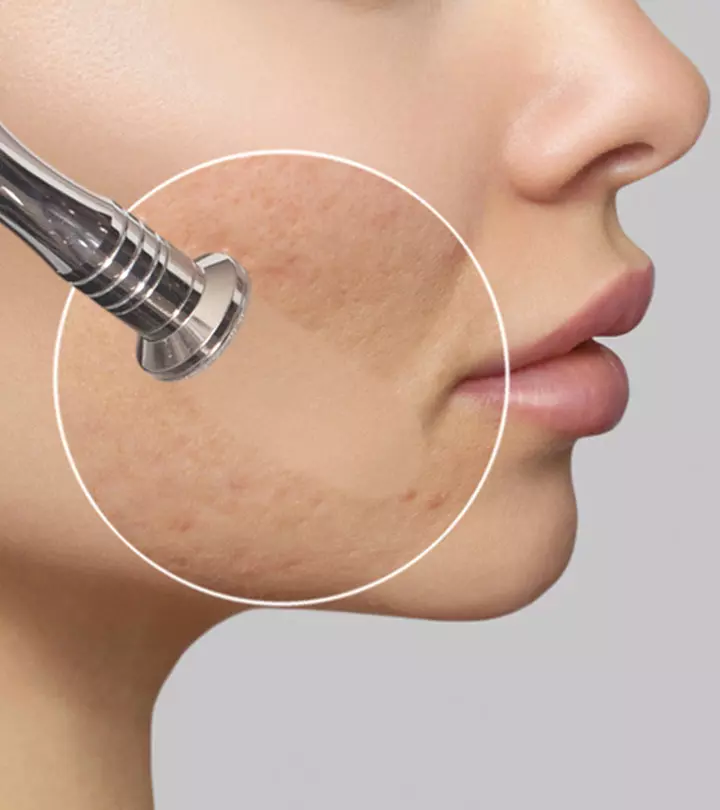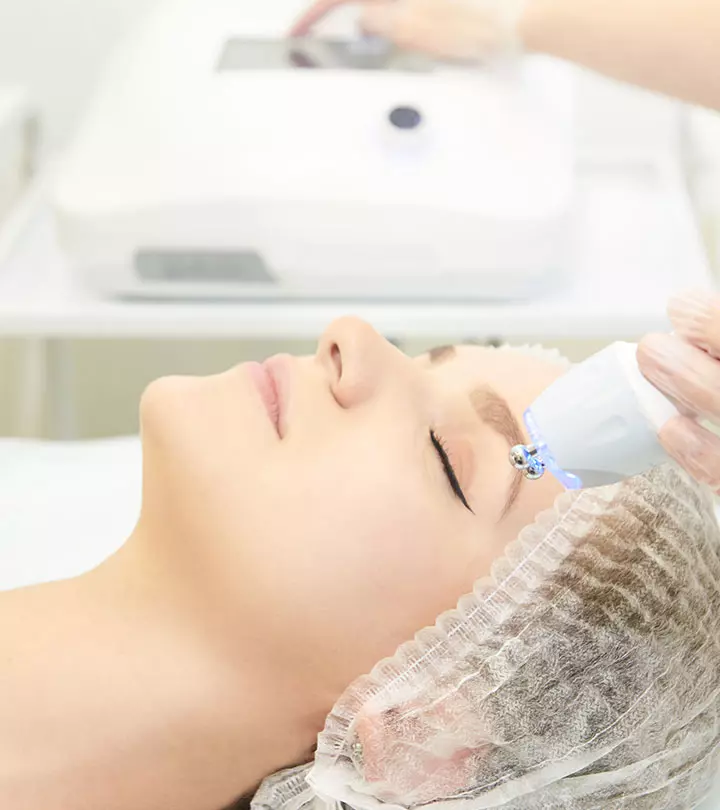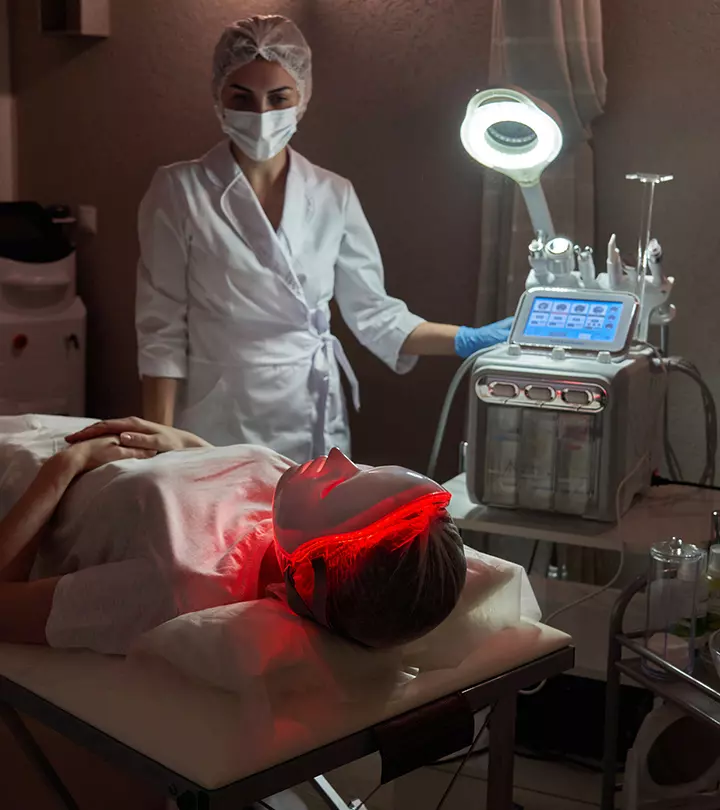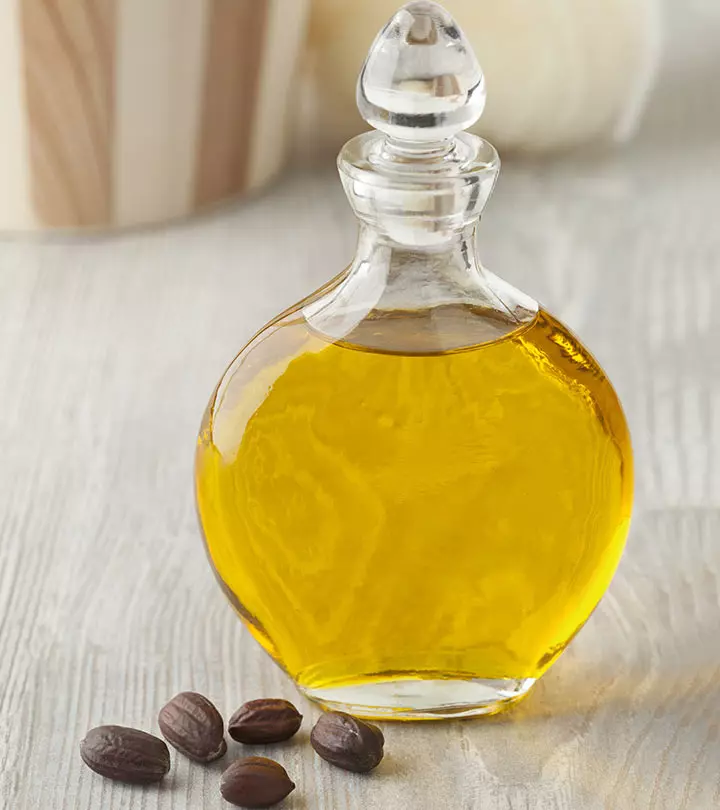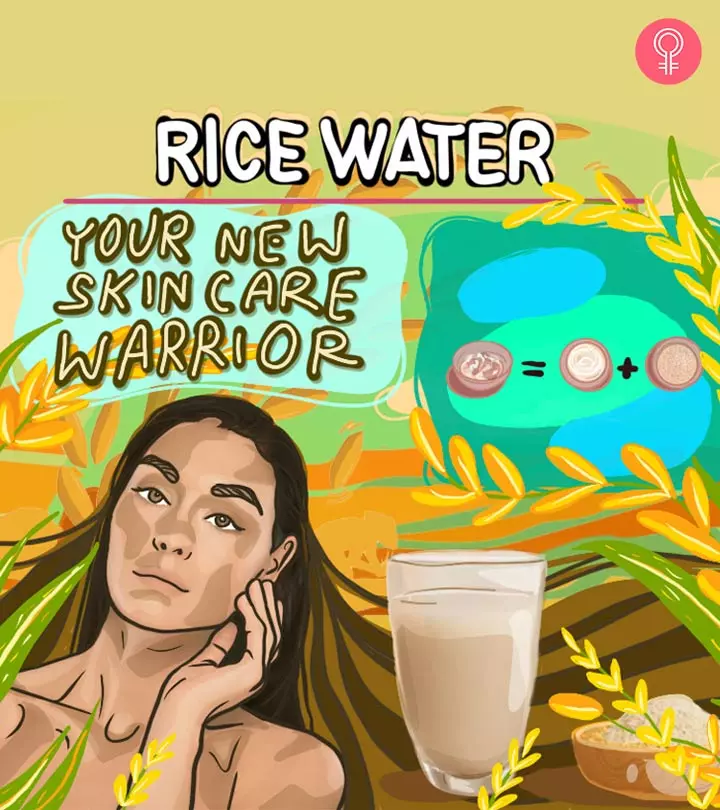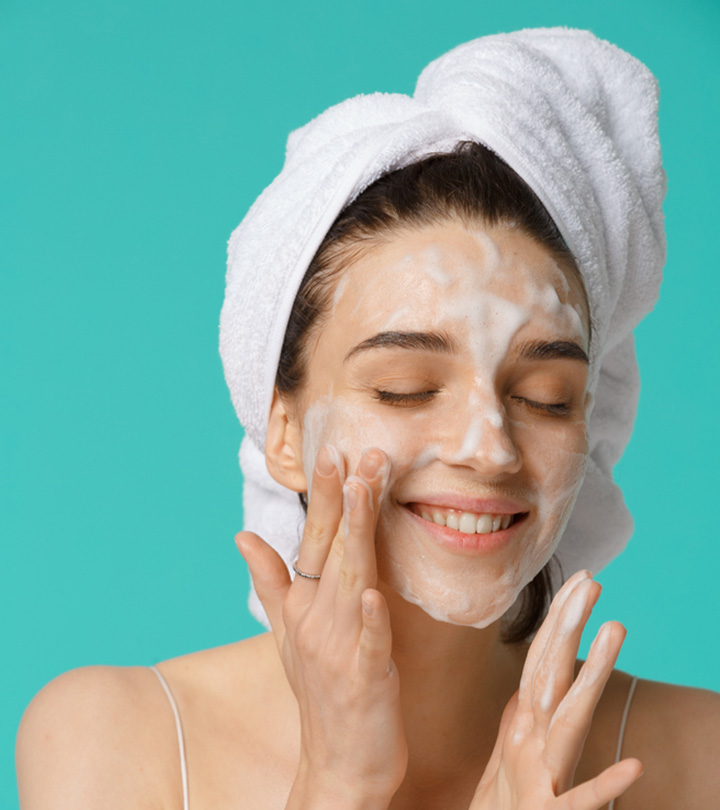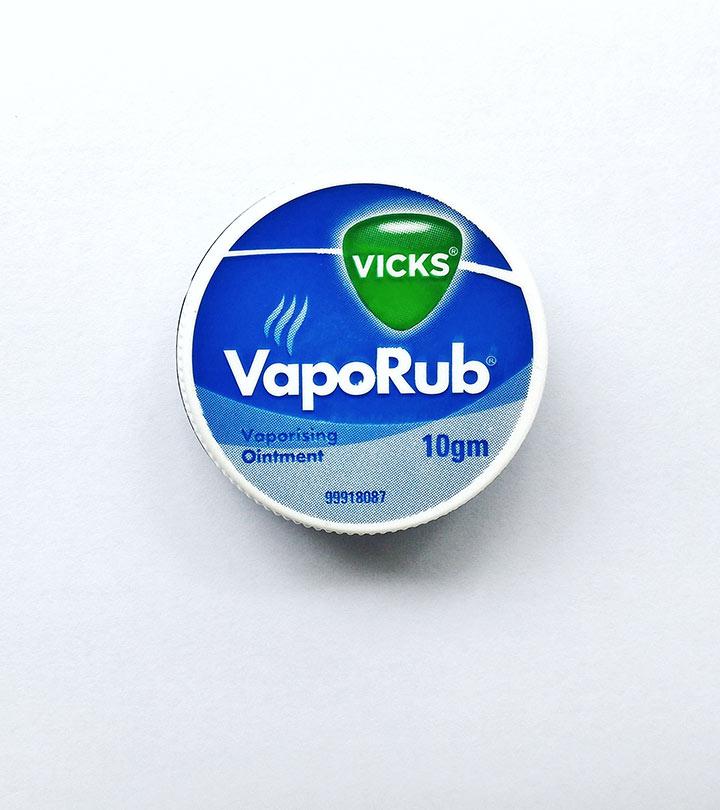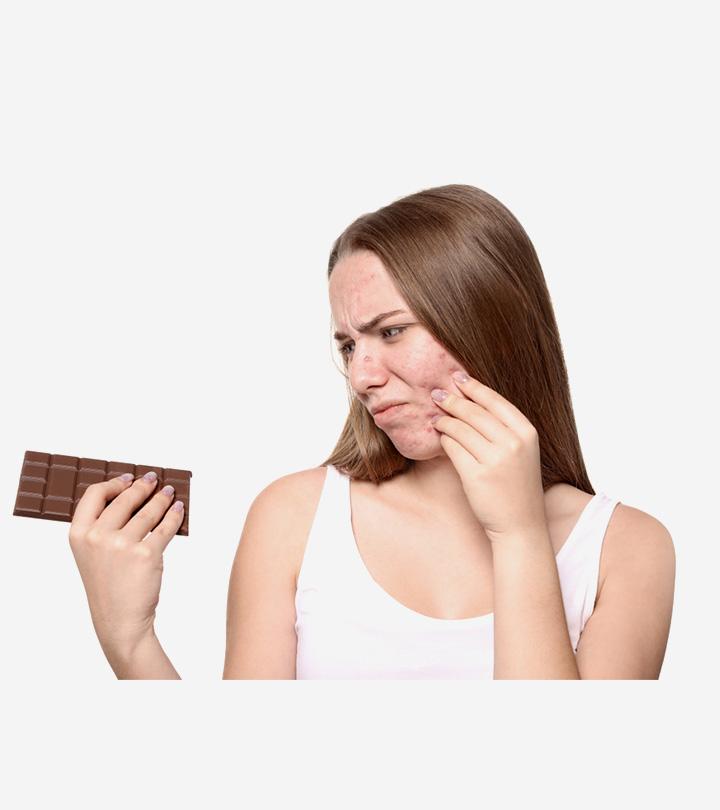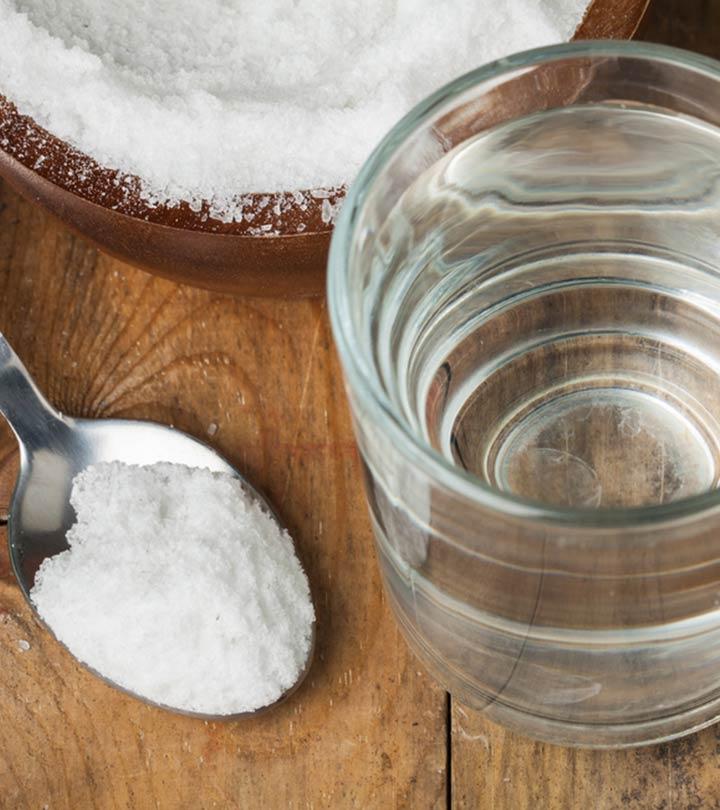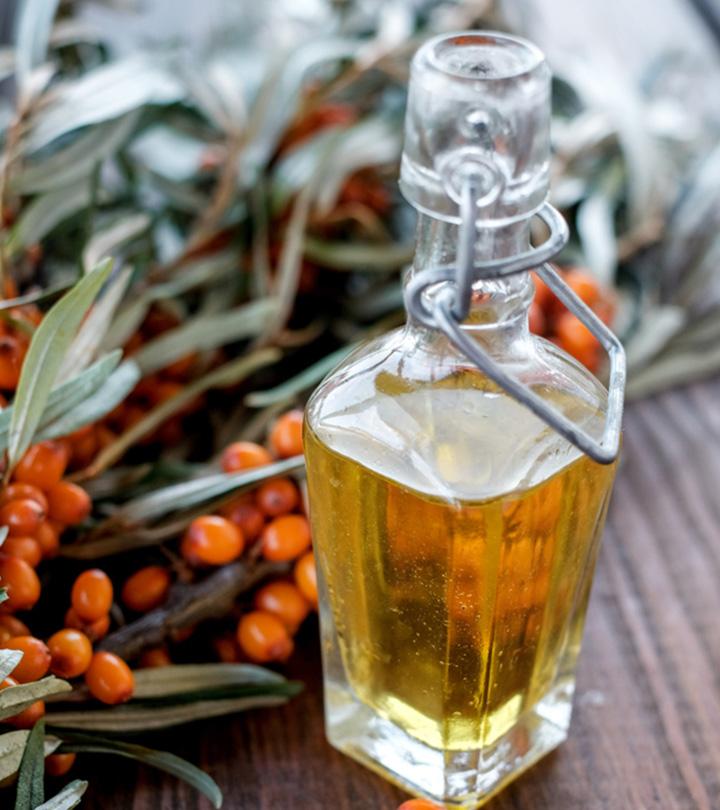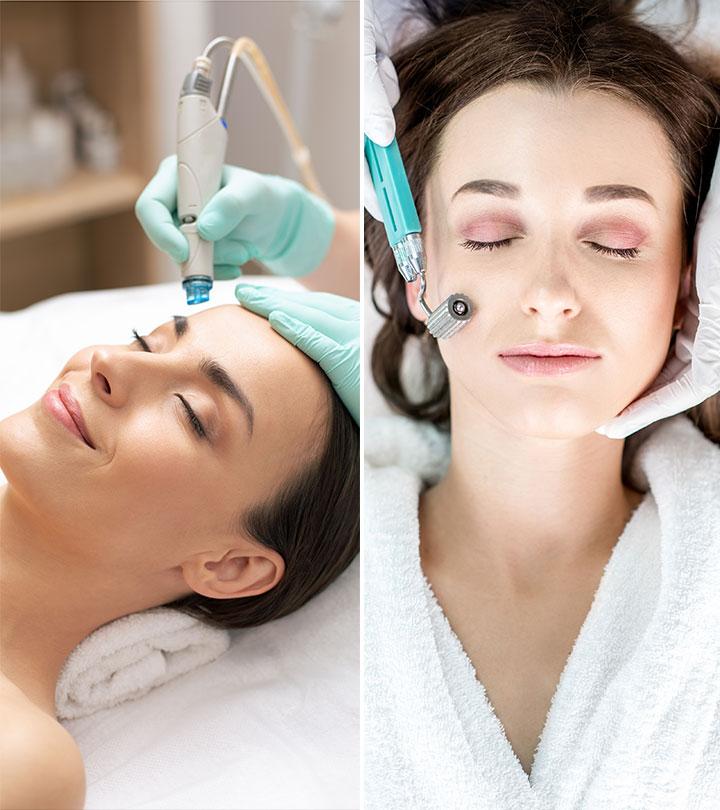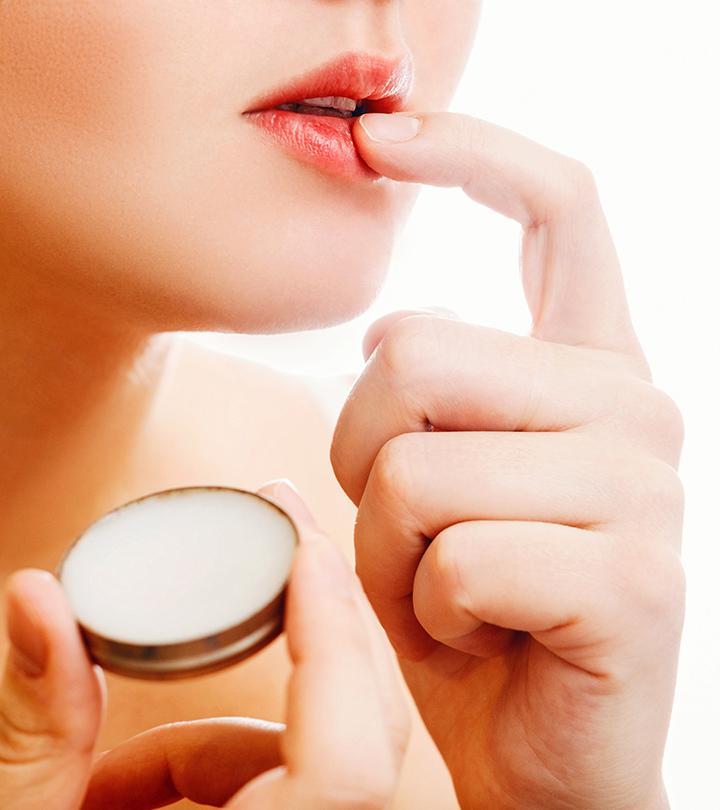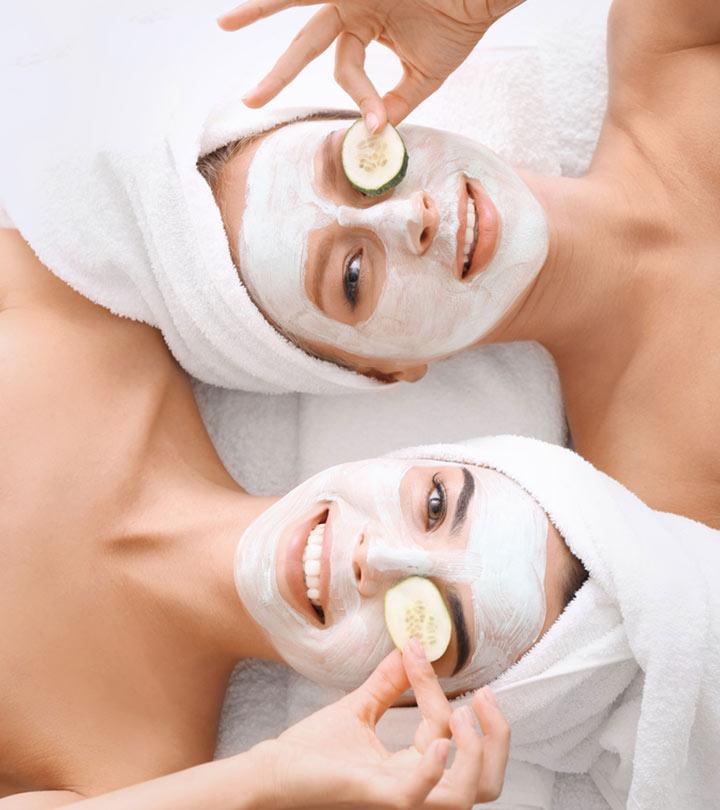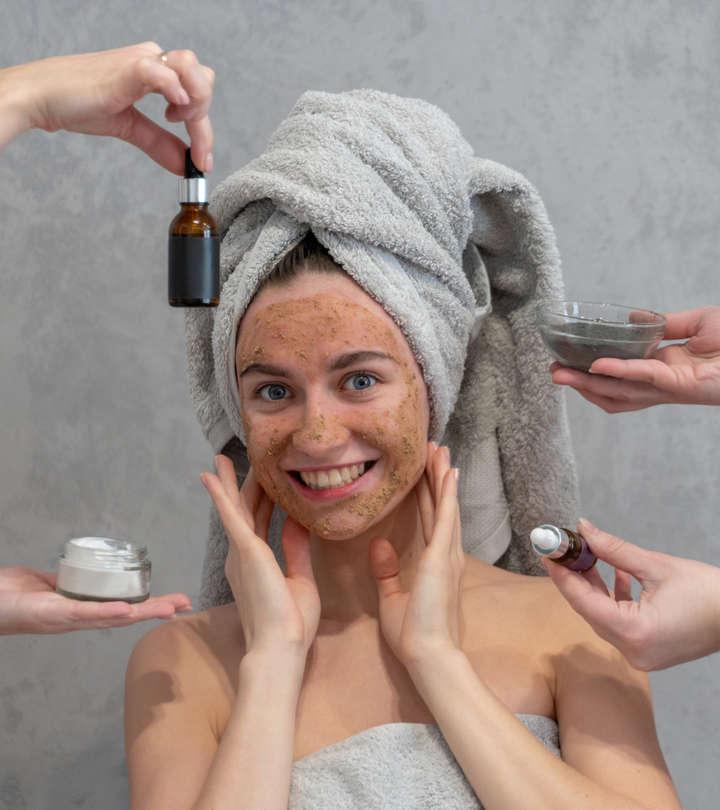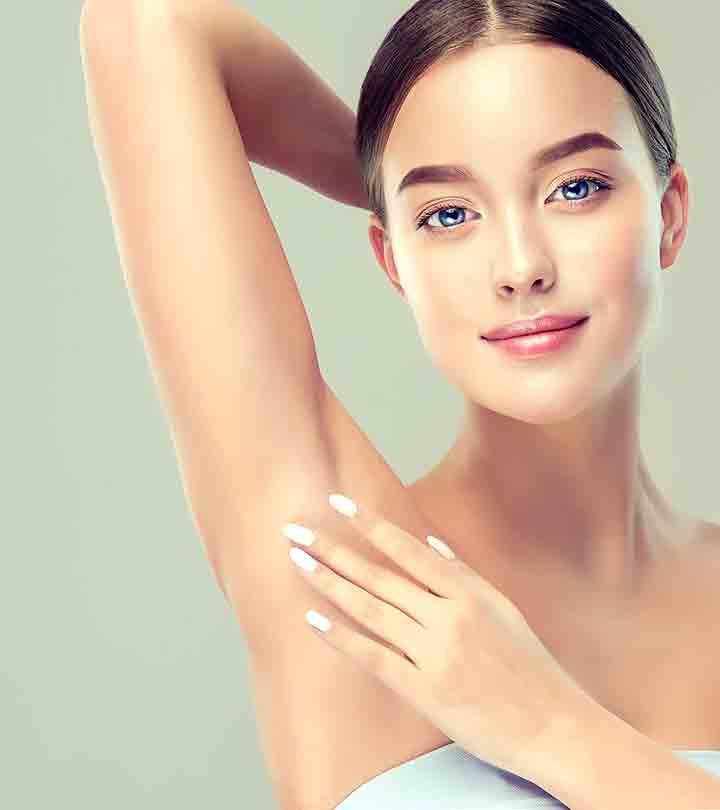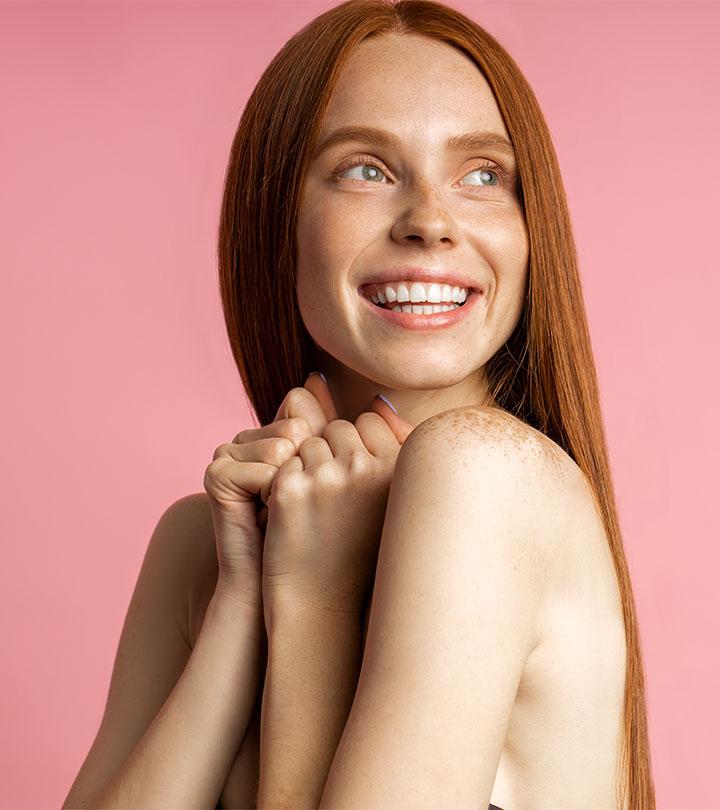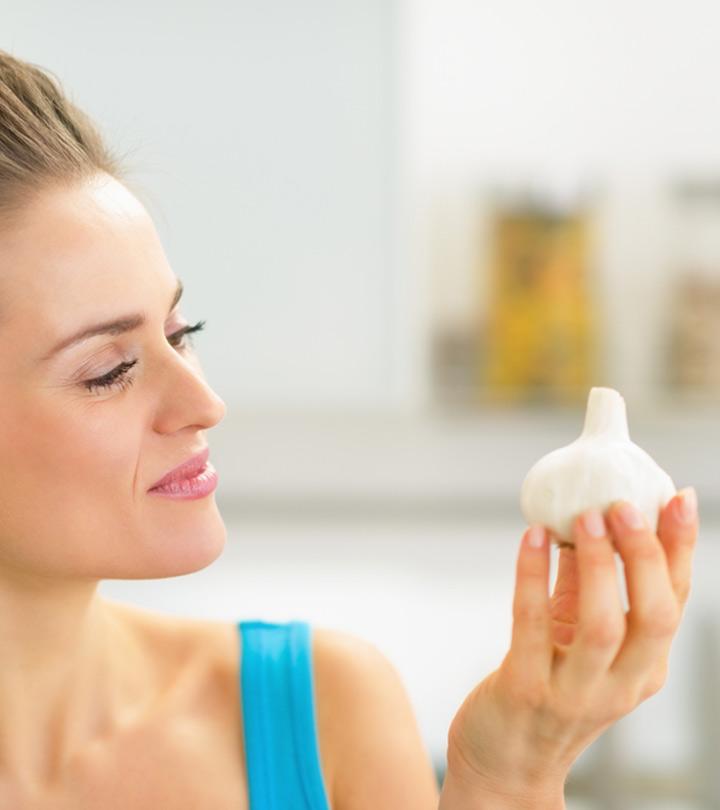Facials For Acne – Types , Benefits, & Potential Side Effects
Bid farewell to stubborn facial acne and hello to the clear, glowing skin of your dreams
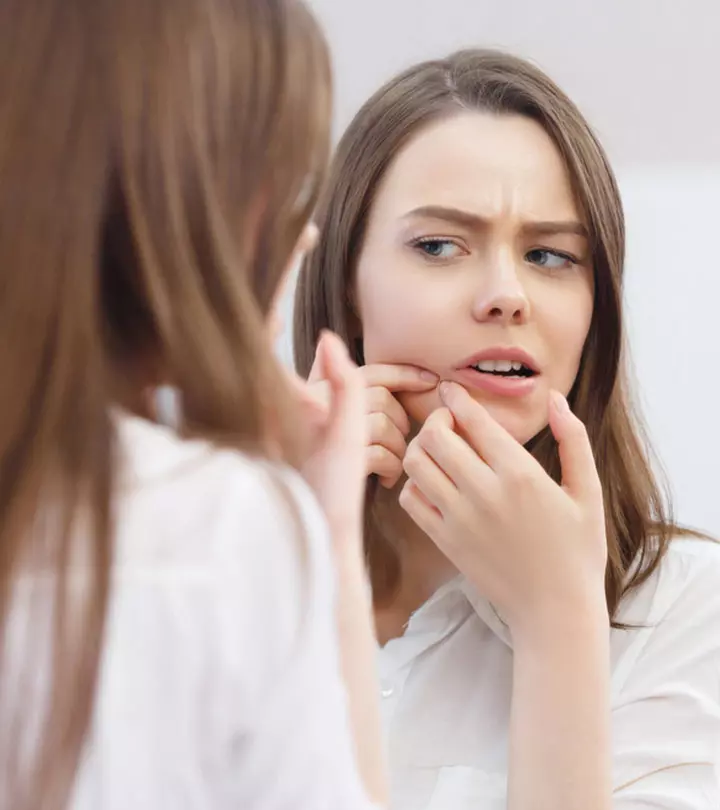
Image: Shutterstock
A facial is a beauty therapy that involves several treatments to cleanse and enhance the appearance of the skin on your face. But, if you have acne-prone skin, you may be wondering what happens during a facial for acne.
Even though regular facials are not required for acne treatment, they can help reduce blackheads and clogged pores and make your usual acne medications more effective. While each beautician has their unique approach, most acne treatment facials follow the same fundamental steps.
But, are facials for acne worth the hype? How effective are they? Here are the answers to all of your questions about facials and whether or not they help with acne. Keep reading!
In This Article
Do Facials Help With Acne?
There is no research stating that facials can reduce acne. But they may help remove excess oil and can potentially reduce the intensity of whiteheads, blackheads, and dirt on the skin.
Facial, as a skin treatment, works differently for different people. It might play in your favor or may worsen your acne problems. You must consider certain factors before going for a facial to treat your acne. Understanding the type of acne you have can also help determine if you actually need a facial.
- Whiteheads: Whiteheads are small white bumps on the skin surface formed due to clogged pores.
- Blackheads: Blackheads appear on the top skin layers. They are dark and are also caused by clogged pores.
- Nodules: Nodules develop on the face (under the epidermis) as red-colored bumps.
- Cysts: Cystic acne is the worst form of acne. It manifests as infectious, red, and inflamed bumps painful to touch.
It could be safe to go for a facial if you have whiteheads or blackheads. But those with nodules or cystic acne must refrain from getting a facial. The combination of lotions, massages, and steam in a facial treatment may aggravate the existing inflammation.
You also must consider the ingredients you could be allergic to before going for a facial.
While facials may not help directly treat acne, they may have other benefits that could facilitate acne treatment. We have covered the same below.
Potential Benefits Of Facials For Acne
1. May Bust Stress
Stress has drastic effects on our skin. It may even lead to acne formation (1). Facials are popular for easing stress in the body. A good facial massage can boost your blood circulation, remove dirt, lower anxiety, and help you feel relaxed. Facials can also activate your sympathetic nervous system and reduce anxiety (2).
2. Can Give Your Face A Thorough Cleanse
Facials may help clear out the gunk, dirt, and acne-causing bacteria from your face. They also extract the toxins, oils, and dead skin cells that cause acne. The treatments may also soothe existing acne. Your skin also feels fresher and cleaner after a facial.
3. May Make Product Absorption Easier
A routine facial will help your skin absorb essential oils, minerals, and vitamins that help lighten and brighten your skin. If you already have acne, facials will help in the absorption of skin care products used to treat acne, thereby promoting faster healing (3).
4. May Hydrate Your Skin
Facials may help hydrate your skin, though this depends on the ingredients used. Adequate hydration can boost skin health and keep skin clear. It may also help reduce any acne blemishes, though more information is warranted in this regard.
5. May Help Boost Blood Circulation
Facials usually involve massages that incorporate different rollers (or just hands), whose movement can boost blood circulation (4). This could keep your skin glowing and potentially reduce the appearance of acne marks.
6. May Help Boost Skin Glow
Facials help achieve an even glow and skin tone. They also may reduce skin darkening caused by hormonal changes in the body. The treatments help restore your complexion that may have otherwise turned dull due to acne.
7. Offer Soft Exfoliation
Skin exfoliation through scrubs and other products can be harsh on your gentle skin, often causing damage. Such harsh products may also aggravate acne and disrupt the healing process. A facial could be a better and safer option for exfoliating acne-prone skin. The treatment is gentle and scrubs dead cells in a skin-friendly manner. It also deep cleanses your pores and clears out the accumulated dirt.
As discussed, facials could be used to facilitate acne healing. In the next section, we have listed the different types of facials one may choose from.
Types Of Facials Used For Acne
Acne facials are treatments directed to help soothe and calm acne-prone skin. There is no evidence that they can help treat or prevent acne. Following are the types of facials you may choose from.
1. Classic
Classic facials are tailored to detoxify skin and extract whiteheads and blackheads. They also brighten your face with a plump, radiant glow. These usually involve massaging, scrubbing, and blow-off steam to open your pores and offer a deeper cleanse.
2. Microdermabrasion
Microdermabrasion involves the use of a small exfoliating tool that is gently moved around your face. This device helps remove the exposed layer of your skin that usually contains dirt, bacteria, or gunk – and may potentially curb acne growth. However, there is no research to support this. But this facial technique may enhance your complexion.
Morgan Reed Parlett, a blogger, shared her experience with microneedling to minimize acne scars in her vlog. She said, “I personally think that it really helped my skin with just one treatment. However, it is recommended that you do a series of treatments, I just purchased one treatment just because I wasn’t sure if I would like it or if my skin would freak out, so I just did one treatment but I have a feeling I’m gonna be going back for more (i).” She added, “I really didn’t find the treatment itself to be that painful for me, all the pain came after the treatment. I was, my skin was like, I said really burning. It felt like a really bad sunburn, it did kind of hurt to touch.”
 Quick Tip
Quick Tip3. LED
LED facials can be lauded as the recent “scientific marvel” in the skincare industry. As LED lights are easier to travel through our skin, this technique is claimed to reduce inflammation and sebum production.
4. Decongesting
Decongesting facials open your pores and extract the dirt and residue. This facial is considered ideal for removing blackheads and whiteheads.
5. Chemical Peel
Chemical peels are a popular facial treatment for acne-prone skin. These facials use exfoliating acids to remove the outer layer of skin, dead skin cells, and debris that clog pores. They can effectively exfoliate, reduce inflammation, and improve acne breakouts. These peels can be customized to suit different skin types and acne severity levels. They are available at different levels, ranging from mild to deep, and can be performed by a dermatologist or an aesthetician.
6. Deep Cleansing
These facials focus on thorough cleansing and pore extraction to remove impurities and prevent breakouts. It involves a series of steps, including cleansing, exfoliation, steam, and extractions. It benefits your skin by giving you a clearer complexion and reducing acne-related issues.
How Does A Facial For Acne Work?
A typical facial begins with the process of deep cleaning your face and removing all the excess dirt, whiteheads, blackheads, and other impurities. After a good cleanse, you will be offered a face mask or a steam treatment, depending on your skin condition. The latter involves lathering and applying lotions, oils, skin creams, etc. that will help reduce the production of oil and sebum and remove dead skin cells.
Facials may also include the use of other hydrating products like cleansers, toners, and moisturizers. These may potentially soothe acne-prone skin.
 Quick Tip
Quick TipFacials sure can help promote skin health. But before you go for one, you must also know about their potential adverse effects.
Potential Side Effects Of Facials
Facials may not suit everyone, especially those with severe acne. They may cause one or more of the following side effects:
- Inflamed skin
- Excessive Irritation
- Allergic reactions to ingredients
- Parched skin
- Skin discoloration
If facials are not suiting your skin, you may go for alternatives:
- Facial peels with properties of salicylic acid, lactic acid, and glycolic acid.
- A prescribed skincare routine or medication from dermatologists.
- Zinc and vitamin C supplements are prescribed by a licensed nutritionist.
It cannot be claimed that facials must be incorporated as a part of acne management or that they help reduce acne issues. However, it may help solve other skin issues contributing to acne breakouts. Understand your acne and skin needs before going for a facial as there are chances of worsening the conditions. In addition, certain combinations of facial products may aggravate inflammation. Besides acne management, facials will help you manage stress, improve blood circulation, hydrate the skin, cleanse your face, and exfoliate. If you are looking for a way to cure your acne issues, it is best to consult a dermatologist.
Key Takeaways
- A facial may help reduce blackheads, whiteheads, and excess oil and make your usual acne treatment more effective.
- Acne facials are treatments that are aimed at soothing acne-prone skin.
- While they cannot directly treat or prevent acne, you can benefit from a facial since they hydrate, nourish, and cleanse your skin.
Frequently Asked Questions
How often should you get a facial if you have acne?
You can get a facial every two to three weeks until your acne clears up.
Will a facial help hormonal acne?
Yes, a facial may help manage hormonal acne. Consult a professional to choose the most suitable facial for you.
Learn how facials can effectively treat acne with this video. Watch this video to discover some effective treatment options, tips, and skin care benefits that facials offer in addressing acne-related skin concerns.
Personal Experience: Source
StyleCraze's articles are interwoven with authentic personal narratives that provide depth and resonance to our content. Below are the sources of the personal accounts referenced in this article.
(i) MY FIRST MICRONEEDLING EXPERIENCE & WHAT TO EXPECT //ACNE SCAR TREATMENThttps://www.youtube.com/watch?v=wlXy0FBPDJs
References
Articles on StyleCraze are backed by verified information from peer-reviewed and academic research papers, reputed organizations, research institutions, and medical associations to ensure accuracy and relevance. Read our editorial policy to learn more.
- The Impact of Pyschological Stress on Acne
https://pubmed.ncbi.nlm.nih.gov/28871928/ - The facial massage reduced anxiety and negative mood status, and increased sympathetic nervous activity
https://pubmed.ncbi.nlm.nih.gov/19129675/ - Skin care in the aging female: myths and truths
https://www.ncbi.nlm.nih.gov/pmc/articles/PMC3266803/ - Ready for a close-up: The science behind face massage rollers
https://www.sciencedaily.com/releases/2018/11/181109101446.htm
Read full bio of Dr. Priya Gill
Read full bio of Ramona Sinha
Read full bio of Swathi E






